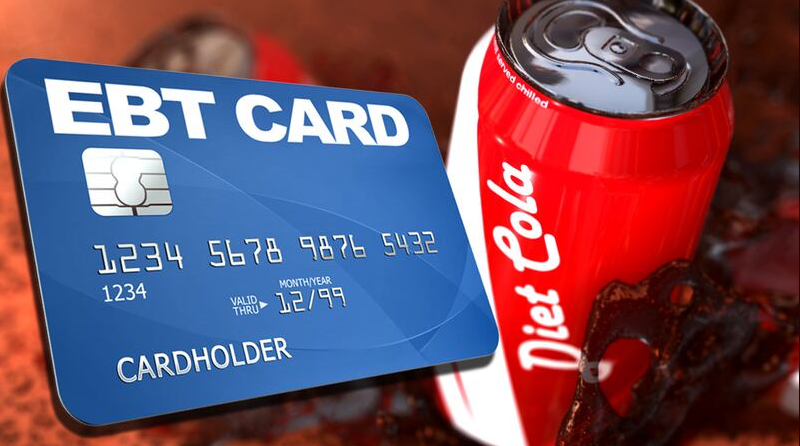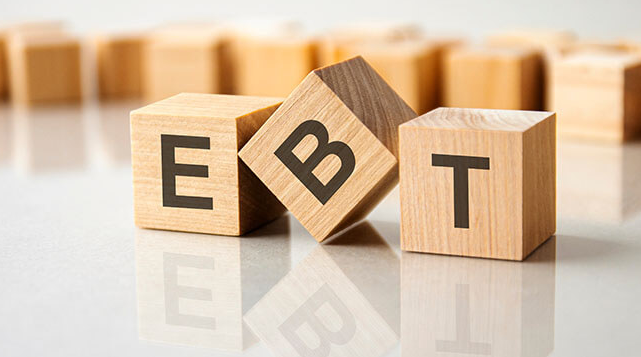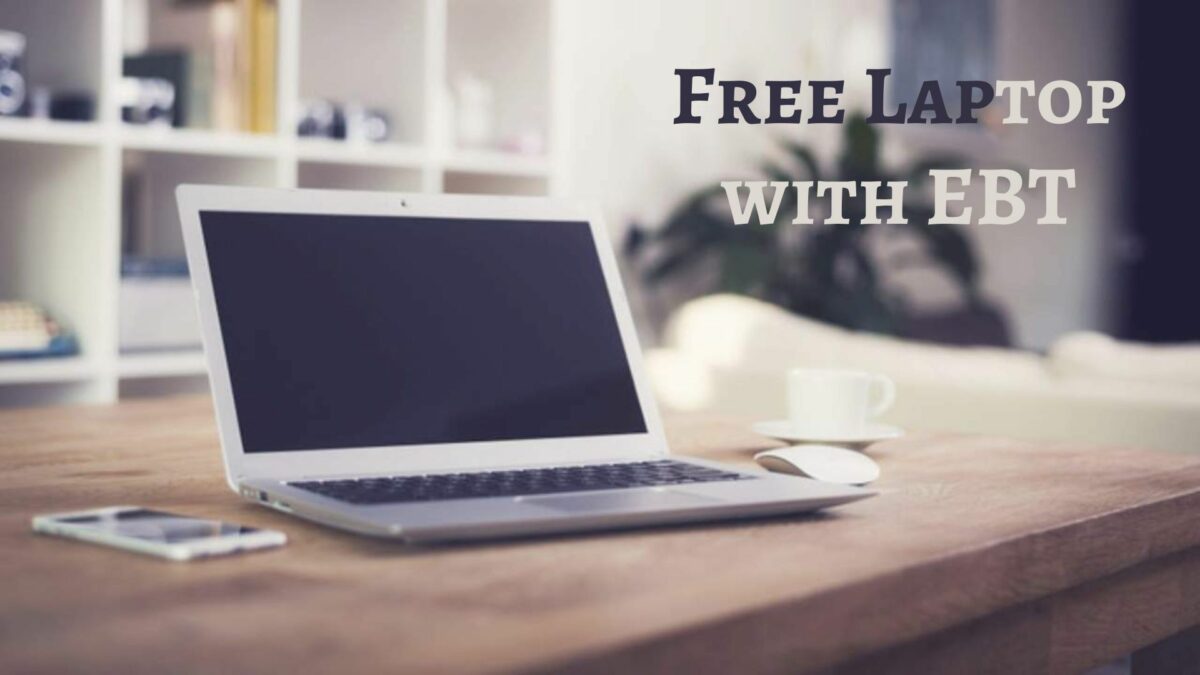In today’s digital age, having access to a computer or smartphone is almost a necessity for various aspects of our lives. Whether it’s for work, education, or staying connected with friends and family, owning a device can make a significant difference. But what if you’re on a tight budget and can’t afford to buy a laptop or smartphone? The good news is that you might be eligible to get a free laptop with EBT (Electronic Benefit Transfer). In this article, we’ll guide you through the process of obtaining a free device using your EBT benefits.
What is EBT?

EBT, or Electronic Benefit Transfer, is a government program designed to assist individuals and families with limited income in accessing essential resources. Originally created to provide assistance with food purchases, EBT has evolved to cover other necessities, including internet access and communication devices like smartphones and laptops. The program’s expansion comes in response to the increasing importance of digital connectivity in today’s world.
Eligibility Criteria
To qualify for a free laptop with EBT, you need to meet specific eligibility criteria, which can vary depending on your location and the program’s guidelines. Typically, eligibility is based on your income level and participation in other assistance programs. Here is a broad overview of the eligibility criteria:
- You must be receiving EBT benefits for food assistance.
- Your income must fall within the program’s income limits.
- You may need to provide documentation, such as proof of identity, residence, and EBT card.
How to Apply

Applying for a free laptop with EBT is a straightforward process. Follow these steps to get started:
-
Visit the EBT Program Website: Go to the official website of your state’s EBT program. You can usually find this by conducting a quick online search or by visiting your state’s government website.
-
Complete the Application: Fill out the application form, which typically requires basic personal information, including your name, address, date of birth, and social security number. Additionally, you’ll likely need to provide your email address for communication purposes.
-
Document Verification: You may be asked to upload certain documents to verify your eligibility. Commonly requested documents include a driver’s license, utility bill, and a photo of your EBT card. If your driver’s license address doesn’t match your current residence, be prepared to provide proof of your physical address.
-
Await Approval: Following the submission of your application and documents, you will need to patiently await approval. In some cases, approval can be granted in a matter of minutes, while in others, it may take a bit longer.
-
Select Your Device: Once approved, you’ll have the opportunity to choose your preferred device. Options often include various laptop and smartphone models, catering to different preferences.
-
Receive Your Device: After selecting your device, you can expect it to be shipped to your address within a specific timeframe, usually between three to seven business days.
-
Check the EBT App: To verify the legitimacy of the offer, you can also check the EBT app, often referred to as “Providers.” This app provides resources and information related to available assistance programs. If the offer is valid, it should appear on this platform.
Conclusion
In a digital world where access to technology is crucial, the opportunity to obtain a free laptop with EBT can make a significant difference in your life. Don’t hesitate to take advantage of this valuable resource if you meet the eligibility criteria. It’s essential to utilize available resources to improve your circumstances and ensure a brighter future for yourself and your family. Remember that these programs are designed to assist those who genuinely need them, so there’s no need to feel ashamed. Apply today and embrace the benefits of digital connectivity.
Frequently Asked Questions (FAQs)
Who is eligible for a free laptop with EBT?
Eligibility for a free laptop with EBT typically depends on several factors, including your income level and participation in other assistance programs. To determine if you qualify, check your state’s EBT program guidelines or the specific program offering the free devices.
What documents do I need to provide when applying for a free laptop with EBT?
When applying, you’ll likely need to provide essential documents such as proof of identity, residence, and your EBT card. You may also need to submit income-related documentation to verify your eligibility.
How long does the application process take?
The application process’s duration can vary, but in some cases, you may receive approval within minutes. However, it’s essential to be patient, as approval times can vary depending on the program’s workload and your specific circumstances.
Can I choose the type of laptop or smartphone I receive?
Yes, many programs that offer free devices with EBT benefits allow you to select your preferred device from a range of options. You can often choose from various laptop and smartphone models to suit your needs.
If you have inquiries or require support throughout the application process, what steps should you take?
If you have questions or require assistance with the application process, it’s advisable to reach out to the program’s customer support or visit their official website for guidance. Additionally, you can check with local assistance centers or community organizations for help with your application.
Author Profile
- John Davis is a nationally recognized expert on credit reporting, credit scoring, and identity theft. He has written four books about his expertise in the field and has been featured extensively in numerous media outlets such as The Wall Street Journal, The Washington Post, CNN, CBS News, CNBC, Fox Business, and many more. With over 20 years of experience helping consumers understand their credit and identity protection rights, John is passionate about empowering people to take control of their finances. He works with financial institutions to develop consumer-friendly policies that promote financial literacy and responsible borrowing habits.
Latest entries
 BlogJuly 8, 2024How to Fast-Track Approval for Section 8 Vouchers
BlogJuly 8, 2024How to Fast-Track Approval for Section 8 Vouchers BlogJuly 8, 2024Unlock Apple Business Credit with No Credit Check Needed
BlogJuly 8, 2024Unlock Apple Business Credit with No Credit Check Needed BlogJuly 8, 2024A $18 Million Per Year Investment Plan for Democrats to Control the Texas House
BlogJuly 8, 2024A $18 Million Per Year Investment Plan for Democrats to Control the Texas House Low Income GrantsSeptember 25, 2023How to Get a Free Government Phone: A Step-by-Step Guide
Low Income GrantsSeptember 25, 2023How to Get a Free Government Phone: A Step-by-Step Guide

